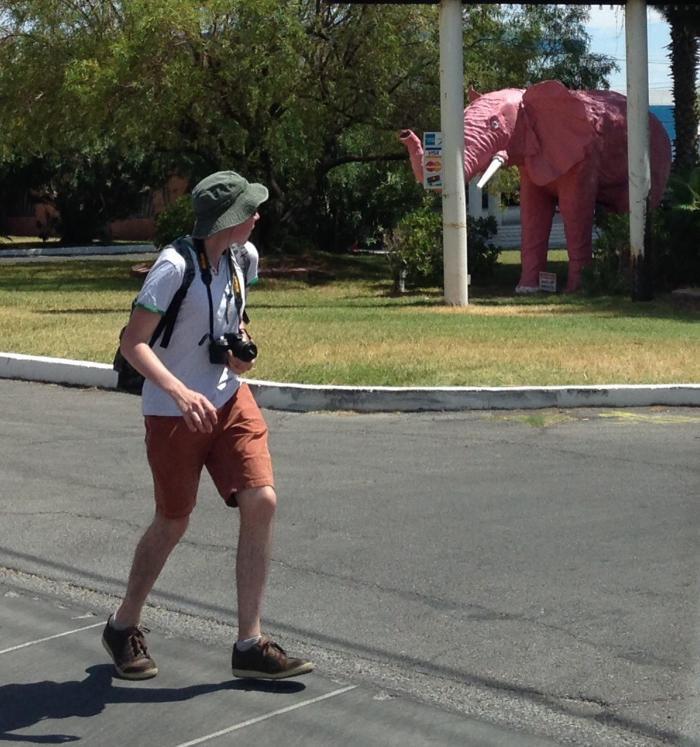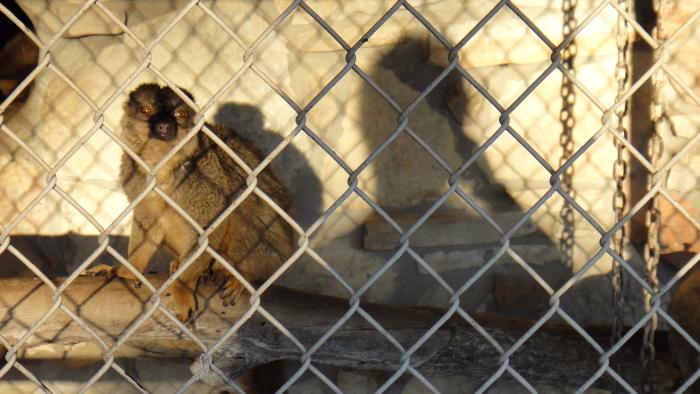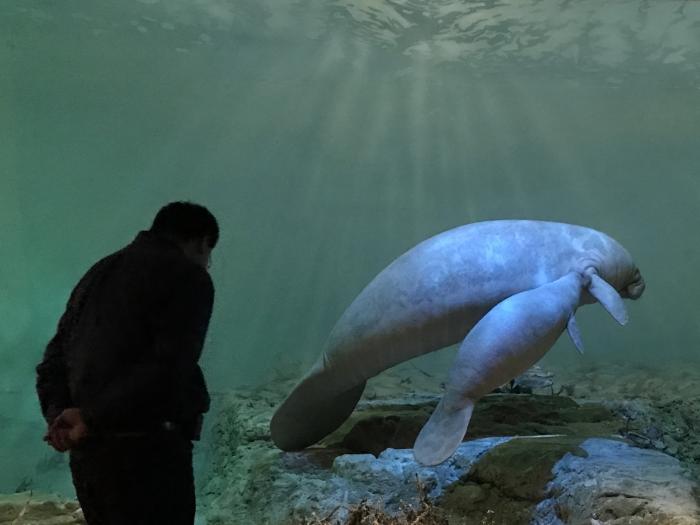

The book Inanimate: A Field Guide to Wild Animals in Civilization was born from a dead bear on the side of the road in Eastern Pennsylvania. After stopping to check on the animal, authors Dan and Ellen Plunkett spent the rest of their long drive talking about animals and human civilization. That conversation became their book, as art is a vessel that can hold, simultaneously, grief, anger, irony and astonishment. The way we see animals says as much about humanity as the way we assume we have the right to treat them. This insightful book focuses on individual animals and how they are represented in human culture. With acute explanations, it delves into the way many wild species are depicted in art, packaging and advertisements — and what that means for conservation.
Turning the pages of Inanimate evokes a sense of curiosity: what is going on here? The photos draw you in and the short paragraphs of text telegraph the impact of animal and human worlds colliding. The authors used the title word as their lens: “inanimate” — not only in the sense of the stolen life of a dead animal, but also in how humans use animals as symbols, shorn of any relationship with or concern for a living creature. The book documents contemporary representations of many species, from the charismatic great creatures to insects, fish, and the tribe they lovingly label “Mucous,” frogs and amphibians. That is only the beginning of the journey the book takes, roaming with the authors through North America. Every photo captures a sense of time, of history, the story of revered archetype diminished into caricature.

Beautiful as it is, this is not a book to just occupy space on a coffee table. Inanimate invites engagement. Each photo is unique and personal yet conveys a deep truth. The text adds fascinating information. Who knew that some sharks can walk? Or that elephants are scared of bees? And there are grim statistics of biological genocide: tuna numbers have dropped 96% in the past few years; every 11.5 seconds a vertebrate animal is killed by a car; in 2018, the eastern cougar was officially declared extinct.
Civilization has buried awe. We are far removed from the cave paintings of wild animals embodying power or divinity among the family of sentient beings. Today we use animals in advertising, design motif, taxidermy trophies and emoji icons, instead of treating them like our equal cohabitants of the animate earth. Yet many of the photos in the book are playful, recognizing that in taming the animal world to accommodate our fear of it, we often make creatures funny. Yogi Bear stands next to Paul Bunyon; a bison rides a motorbike on a wall mural; open jaguar jaws form the entrance to a bar. A giant lobster dwarfs a deli; a tuna is dressed up like a tourist; people ride grinning plastic bees on a merry-go-round.

Some of the photos capture the forlorn reality of vanishing species. Two stone lions by a decrepit archway stare out at the sea. “There are more statues of lions on Earth than there are lions left alive in the wild,” reads the text underneath the image. A sad lemur stares from a tiny cage. A stuffed pronghorn head is used to hang an old boxing glove. Rattlesnake skins are for sale. Few photos show a person and a live animal together. A man in shadow peers into a silty aquarium tank at two manatees. He is the amorphous doppelganger of the big sea mammal. Perhaps only here, in the shadows of equal existence, can man and wild animal meet. But the manatees have already turned away.
Dan and Ellen Plunkett’s Inanimate is eloquent, speaking from back alleys, shopping centers, water tanks and bathroom walls, where animals are present but almost invisible, and truly inanimate. The crisis of species loss is all around us, if we choose to see it. Where once there was birdsong and cougar cries and the howl of wolves, now there is the silence of plastic and paint and rusting steel. Once a part of the animate world, humans are becoming the lonely, orphaned animal.